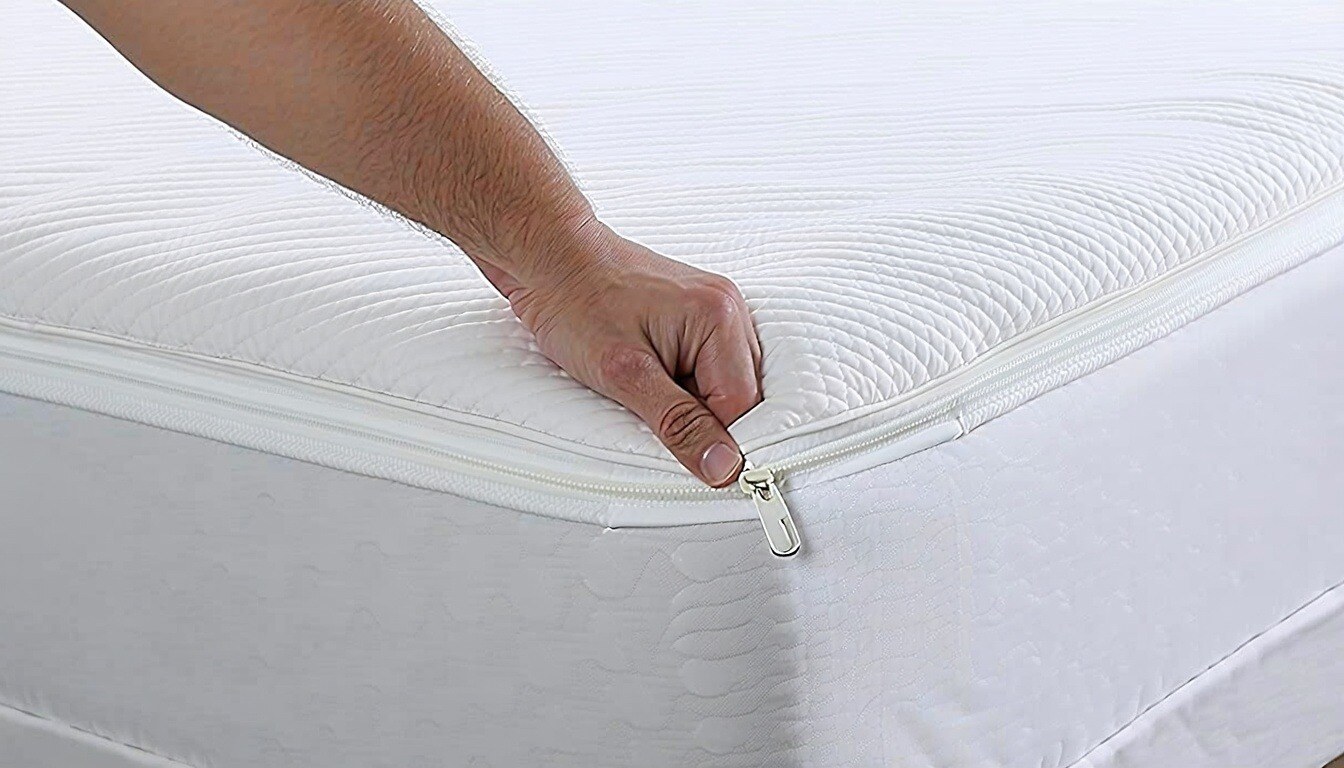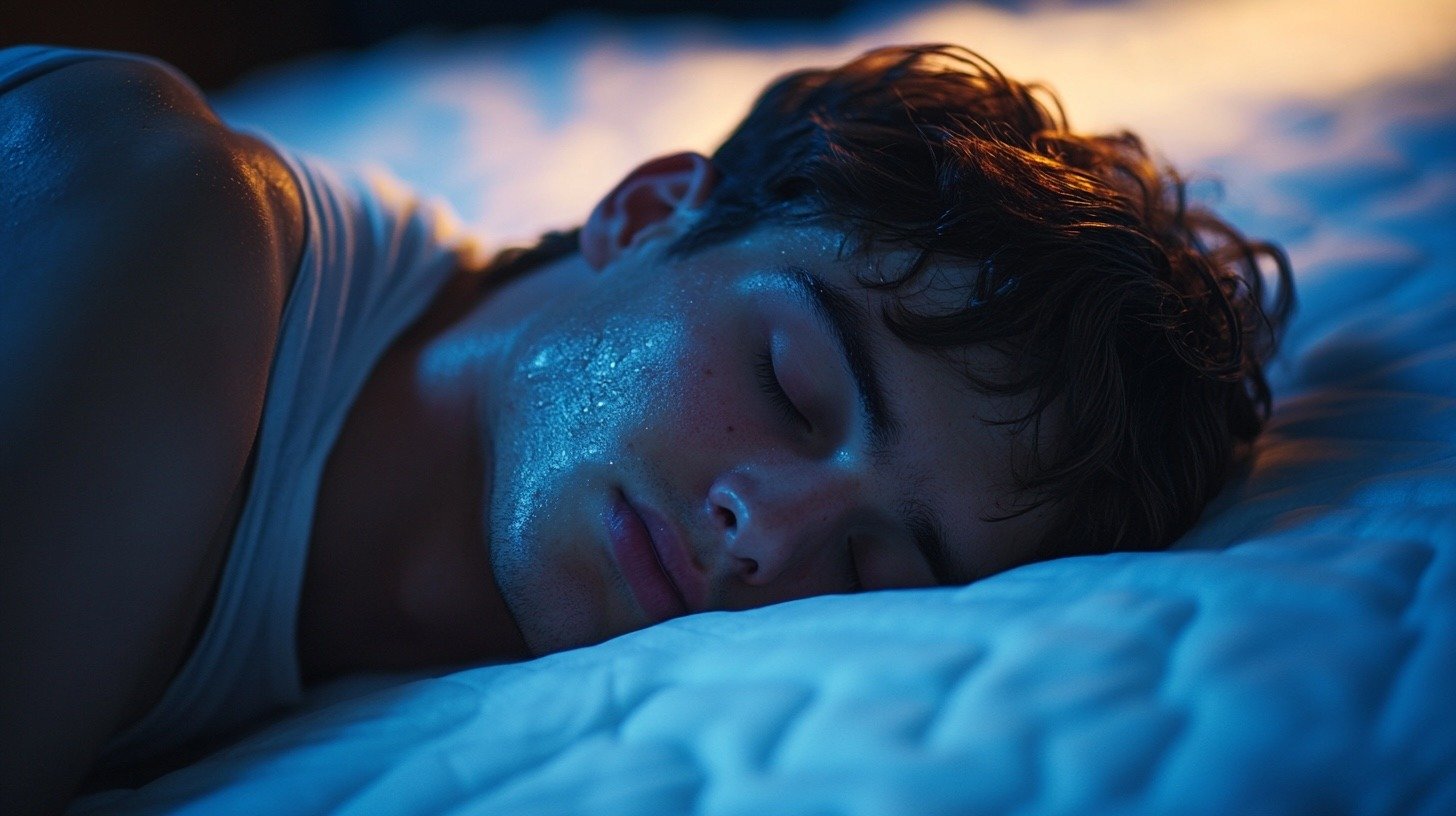
How Do I Choose a Mattress Protector?
Whether you’re buying your first mattress protector or upgrading an old one, navigating all the options available can feel overwhelming. With so many styles, materials, and features to choose from, finding the best protector for your specific needs is key. The right mattress protector not only helps keep your bed clean but can also extend the lifespan of your mattress, saving you money in the long run.
To make your search easier, here’s a straightforward guide to understanding the types of mattress protectors and how to choose the perfect one for your bed.
Why Use a Mattress Protector?
A quality mattress protector serves several important purposes. First and foremost, it acts as a barrier between you and your mattress, shielding it from spills, sweat, and other fluids. Whether you enjoy breakfast in bed, sleep with pets, or simply want to prevent everyday moisture buildup, a waterproof protector can help keep your mattress fresh and clean.
If you suffer from allergies, a mattress protector can also help reduce exposure to allergens like dust mites, pet dander, and mold. Some protectors fully encase the mattress, creating a protective shield against these irritants.
Another valuable benefit is protection against bed bugs. Bed bug-proof protectors are typically made from tightly woven, durable materials that these pests cannot penetrate. By adding this layer of protection, you’re making it far harder for an infestation to take hold.
Lastly, a mattress protector helps guard against wear and tear. It reduces friction, prevents surface damage, and protects against small rips or abrasions. Considering how much a good mattress costs, adding a protective layer is a smart investment.
Types of Mattress Protectors
There are two primary styles of mattress protectors:
-
Fitted-Sheet Protectors: These fit over the top and sides of your mattress, just like a fitted sheet. They’re easy to put on and take off, making them a popular choice for everyday use.
-
Zippered Encasement Protectors: These fully enclose the mattress, providing 360-degree protection. They’re ideal for allergy sufferers and anyone looking for maximum defense against bed bugs and allergens.
Both styles come in a range of materials, each with unique benefits.
Common Materials Used in Mattress Protectors
Cotton
Natural cotton protectors are soft, breathable, and gentle on sensitive skin. Cotton is also effective at temperature regulation, helping to keep your bed cool. Some cotton protectors are blended with wool or latex for additional moisture-wicking and anti-microbial benefits.
Polyester
Polyester protectors are durable, affordable, and easy to clean. While they may not be as breathable as natural fibers, they dry quickly and offer excellent protection against spills and stains.
Bamboo
Bamboo fabric is prized for its softness, breathability, and eco-friendliness. Bamboo protectors wick away moisture, resist odors, and naturally repel allergens, making them a great option for sensitive sleepers.
Special Features to Consider
Waterproof Protection
If protecting your mattress from spills and accidents is your top priority, choose a waterproof mattress protector. These typically feature a thin, waterproof layer made from polyurethane or vinyl, topped with a soft fabric layer for comfort.
Cooling Technology
If you tend to sleep hot, consider a cooling mattress protector. These are made from breathable, temperature-regulating fabrics that help dissipate body heat, creating a cooler sleep surface. Look for protectors labeled specifically as “cooling” for the best results.
Hypoallergenic Protection
For allergy sufferers, a hypoallergenic protector helps block dust mites, pet dander, and other common allergens. Fully encased protectors with a zippered closure offer the most comprehensive protection.
What to Look for When Choosing a Mattress Protector
To find the best mattress protector for your needs, keep the following factors in mind:
-
Size and Fit: Make sure the protector fits your mattress snugly, whether you prefer a fitted style or a zippered encasement.
-
Material: Choose a fabric that suits your comfort needs—soft and breathable for comfort, or waterproof and durable for maximum protection.
-
Ease of Cleaning: Opt for machine-washable protectors to make maintenance simple.
-
Special Needs: Consider if you need waterproofing, cooling, hypoallergenic properties, or all of the above.
Final Thoughts
A high-quality mattress protector is an easy and affordable way to protect your investment and improve your sleep hygiene. Whether you’re looking to guard against spills, allergens, or pests, there’s a protector designed to meet your needs. Take the time to consider what matters most to you, and you’ll find the perfect match to keep your bed cleaner, fresher, and more comfortable for years to come.


